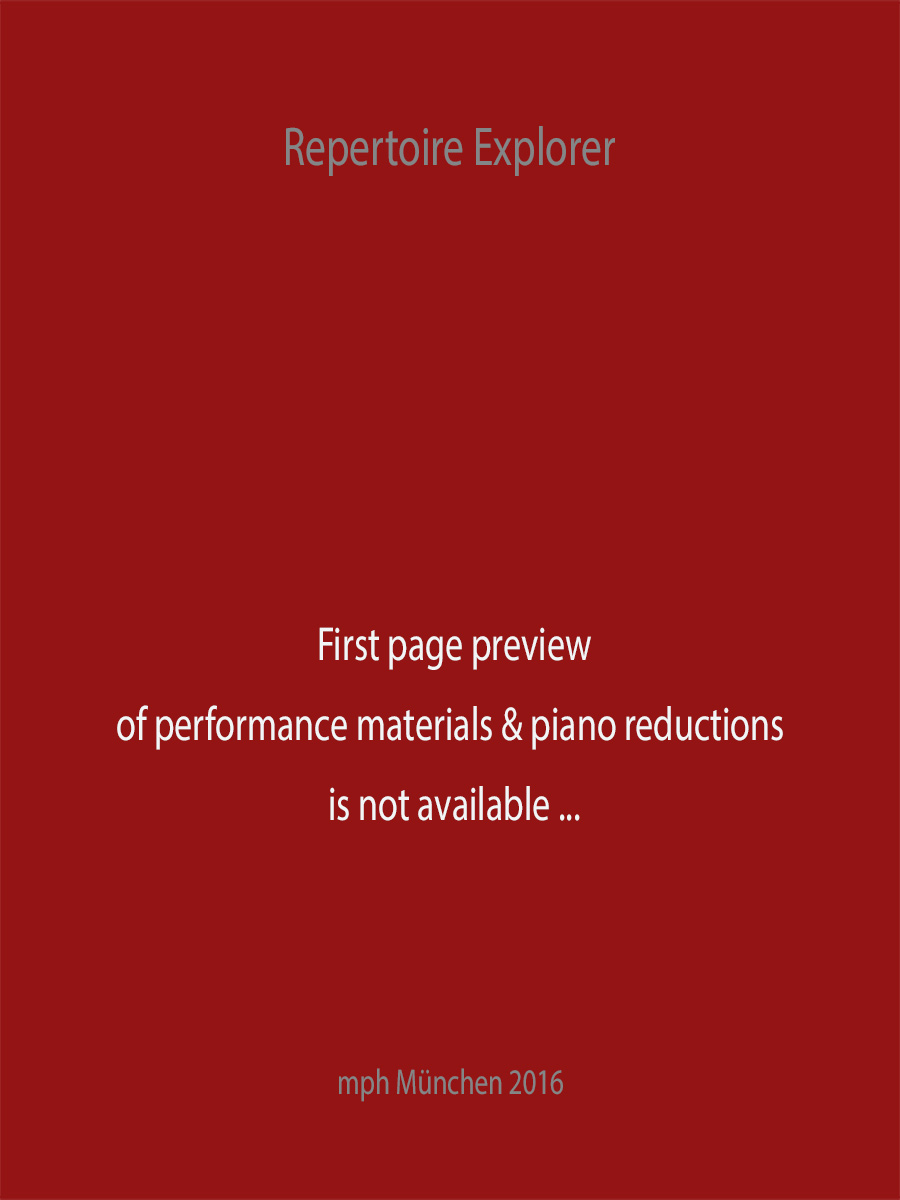Piano Trio in D minor Op. 120 (parts)
Fauré, Gabriel
22,00 €
Preface
Fauré, Gabriel
Piano Trio in D minor Op. 120 (parts)
Following the first public performance of Gabriel Fauré’s Piano Trio in D Minor, Op. 120, some friends of the composer are reported to have turned to each other and asked, «If he lives to be a hundred, how far will he go?» Indeed, those close to Fauré had reason enough to marvel at the seventy-eight year-old composer’s seemingly inexhaustible store of musical creativity. Having concluded his fourteen-year tenure as director of the Paris Conservatoire in October 1920, Fauré had hardly settled into an ordinary retirement. In a letter to his wife, Marie, in 1918, he commented that he «seem
Camille Saint-Saëns, once Fauré’s teacher and long his dearest friend, died on 16 December 1921. When Fauré penned the final measures of the Nocturne No. 13 a few weeks later, the piece marked the end of one of the most prolific periods of his creative life. Whether it was the impact of Saint-Saëns’s death, the increasingly persistent struggles with his health, or a combination of the two, Fauré’s remarkable productivity came to an abrupt halt. The idea for a Piano Trio, perhaps inspired by the example of Ravel’s Piano Trio of 1914, initially came from Fauré’s publisher, Jacques Durand, in January 1922. But, Fauré was slow to take up the commission. He spent the winter of 1921-2 with friends in Nice, and, on 4 March, he wrote to his wife confessing that he was living «the life of a sloth.»He reported that he was doing «absolutely nothing»and that he handn’t managed to think of «two notes worth writing down»since he had arrived.1
After Fauré’s return to Paris in April, he evidently began sketching out portions of the Andantino that would eventually become the second movement of the Piano Trio. He attempted to resume work on the movement during his summer retreat to the town of Argèles, but he soon contracted bronchial pneumonia, which left him incapacitated until the beginning of August. After his recovery, he accepted an invitation from his friends and patrons, Louise and Ferdinand Maillot, to join them at their villa in the village of Annecy-le-Vieux in Savoy. The Maillots had hosted Fauré at Annecy three years previously, during which time he composed the song cycle, Mirages. The comfort afforded by the familiarity of the surroundings was amplified by the town’s enthusiastic reception of the aging composer. Maillot helped to co-ordinate a small Fauré festival at the Annecy casino that was followed, the day after, by a performance of the Messe basse at the local church. The atmosphere in Annecy provided a much needed boost to the composer’s physical and mental condition, and, on 26 September, he was able to provide his wife with the following update on his work: «I’ve begun a Trio for clarinet2 (or violin), ‘cello, and piano. An important section of the Trio was begun a month ago and is now finished.”3 The Andantino that he had been working on sporadically since April was finally complete. …
Full preface / Komplettes Vorwort HERE
Score Data
| Edition | Repertoire Explorer |
|---|---|
| Genre | Chamber Music |
| Size | 225 x 320 mm |
| Printing | Reprint |
| Specifics | Set of Parts |
| Specifics | Set of Parts |
| Size | 225 x 320 mm |
